
If you want to produce the same speed without having to increase your effort level while cycling, reducing air resistance can make a huge difference. When you reach 10mph on the bike, air resistance becomes a factor in your cycling performance. Understanding how to become more aerodynamic will improve your cycling abilities.
Table of Contents
How can cyclists reduce air resistance?
There are numerous factors to consider when reducing air resistance while cycling. The type of bike, riding position, clothes and helmet can enhance your overall performance on the bike without having to increase your power.
I have sources 4 tips that I think are the top ways to reduce air resistance while cycling. If you are a casual cyclists like myself, then reducing your air resistance won’t make a massive difference to your rides. It can be expensive to make yourself air resistant, and you might only reduce your times by seconds or minutes.
However, I have incorporated some great tips on the best riding position. Your position on the bike can immediately improve your performance, and it doesn’t cost you any money.
1. Riding position
Your riding position is the first place to start if you want to reduce air resistance and become more aerodynamic. There are three main factors to recognise when you’re thinking about the position on the bike;
- Superman position
- Ride on the hood
- Make yourself small
Superman position
The superman position was made famous be cycling champion Chris Boardman. The riding position reduces the air hitting your torso and head because your body is in a low position. The position is nearly perpendicular to the top rail of the bike. The air can flow over you effortlessly, meaning you can increase the power on your pedals with the same effort.
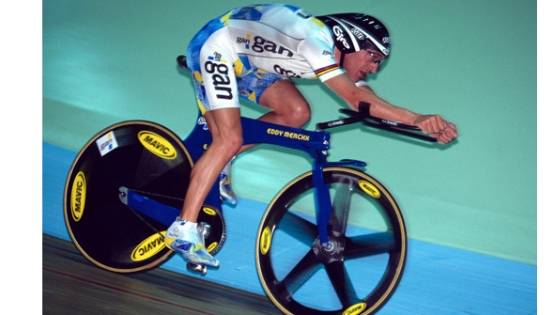
Even though the superman is an incredibly aerodynamic riding position, it’s challenging to stay in this position for more than a couple of minutes. If you were cycling indoors on a track, you might hold the position for a lot longer. Outdoor cycling might be challenging but give it ago and see how it feels.
Ride the hood not the drop handles
The hood is the section on your bike where the handlebars and brakes/ gears meet. You will find this section is more aerodynamic than riding with your hands on the drop handles. Bend at the elbows drop your head and find a comfortable position.
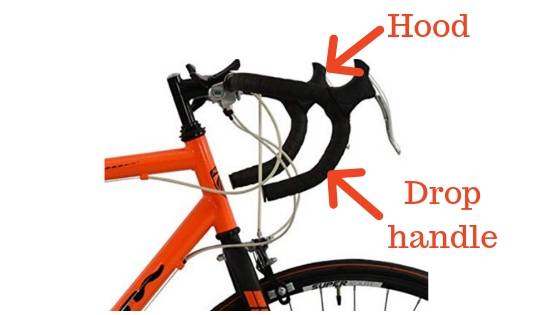
It’s difficult to control your bike whiles riding the hood position because it becomes complicated to turn the handlebars. You might find you are up and down on the handlebars depending on the type of road or track your cycling.
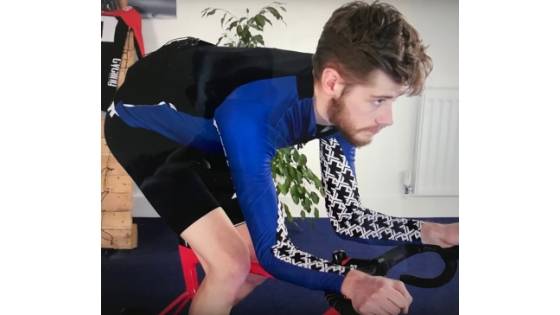
Make yourselves small
To reduce air resistance, you need to make yourselves small on the bike. Knees need to be tucked in, so your legs are inside your elbows when your cycling. When your knees and legs are tucked in towards the bike frame, it significantly reduces drag. Elbows need to be in and low towards the handlebars.
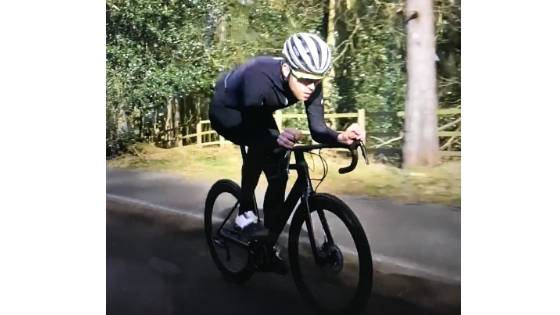
Head position needs to be down looking at your feet on the ground below. By riding in this position, it keeps your back flat and allows the air to pass over the top of you. Find the head position where you can look up with your eyes and see the road in front without having to move your head up. It will take some practice, but once you find the position, you will receive the benefits.
2. Type of bike
The type of bike can make all the difference and what material the bike is made from might vary. There are numerous types of bikes;
- Mountain bike
- Road bike
- Racing bike
- Track bike
- Time trial bike
- BMX
- Downhill bike
- Cyclo-bike
The list could go on but if it’s air resistance you want to reduce then the bike you need is something that puts on in a low cycling position. A road bike, racer, time trial or air road bike will be the best for aerodynamics.
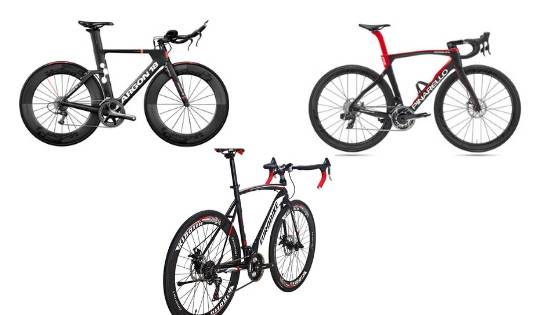
The construction of the bike is also essential, and bikes can be made from various materials or a mixture of different types. Often you find bikes are made from;
- Steel
- Aluminium
- Carbon fibre
- Titanium
For speed and aerodynamics, you need a frame that is lightweight but has the strength to support your weight. The best choice will be a carbon framed bike. Although these frames give you the ultimate ride, they can be expensive.
Air road bike
If aerodynamics is what you want, then an air road bike could be the answer. These bikes are specially designed to reduce drag in every department. Lightweight and aerodynamic frames, better wheels to reduce air movement and futuristic braking and gearing systems. Beware they can be very expensive with some models exceeding $7,000.
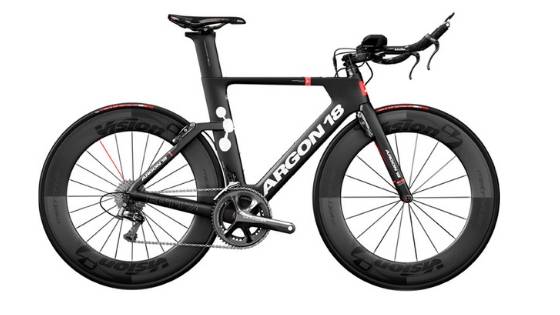
3. Type of clothes
You have got the correct riding position, but if you wear baggy clothes, it will create drag and slow you down. There’s a reason why you see the cyclists on TV wearing remarkably tight clothes. Its reduce air resistance and increase their power output.
You have two choices when it comes to cycling clothes. Number one, well-fitted cycling shorts, trousers and jerseys can be more than enough. As for any clothes, the better material, fit and design the costlier it becomes. I personally wear cycling bib shorts, jersey and have a raincoat in my saddlebag. I’m not looking for aerodynamic but clothes designed for cycling enables air movement around my body, reducing sweating and body heat.

Your second choice is a full aerodynamic skinsuit which is tight, very tight. If you choose to wear a skinsuit, then you are serious about cycling and improving your results. A skinsuit will remove any air drag across your body because there isn’t any loose material for the air to catch. Ideal for keeping body temperature down, resulting in a solid performance and it’s all-in-one design means fewer clothes.
4. Helmet
Never ride a bike without a helmet for your safety, but a helmet can reduce air resistance as well. It all comes down to the design of the helmet. Big blocky helmet with lots of holes will increase air resistance, but a streamlined helmet will decrease air movement. The ideal riding position is with your head down, looking at the ground, and a helmet that can support this position will be beneficial.
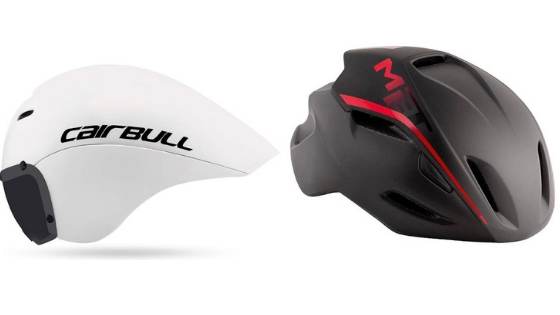
Research, time and new materials continually provide manufacturers with better products to bring to the market. The helmet that gives you the ultimate aerodynamic design will be outdated in months. The future helmets might only increase your performance, my guess by milliseconds at best.
Can shaving your legs make your aerodynamic?
The biggest question in cycling is why male cyclists shave their legs. If it is for aerodynamic purposes, then you would have to be extremely hairy for the air to create enough drag to be calculated. However, if every millisecond counts then I guess it would be worth doing.
The main reason cyclists give for shaving their legs is for recovery purposes. Leg massage, foam rolling and trigger point therapy is better without the hair. For that reason, I would suggest this is the main reason for shaving, or it might be they want smooth legs.
